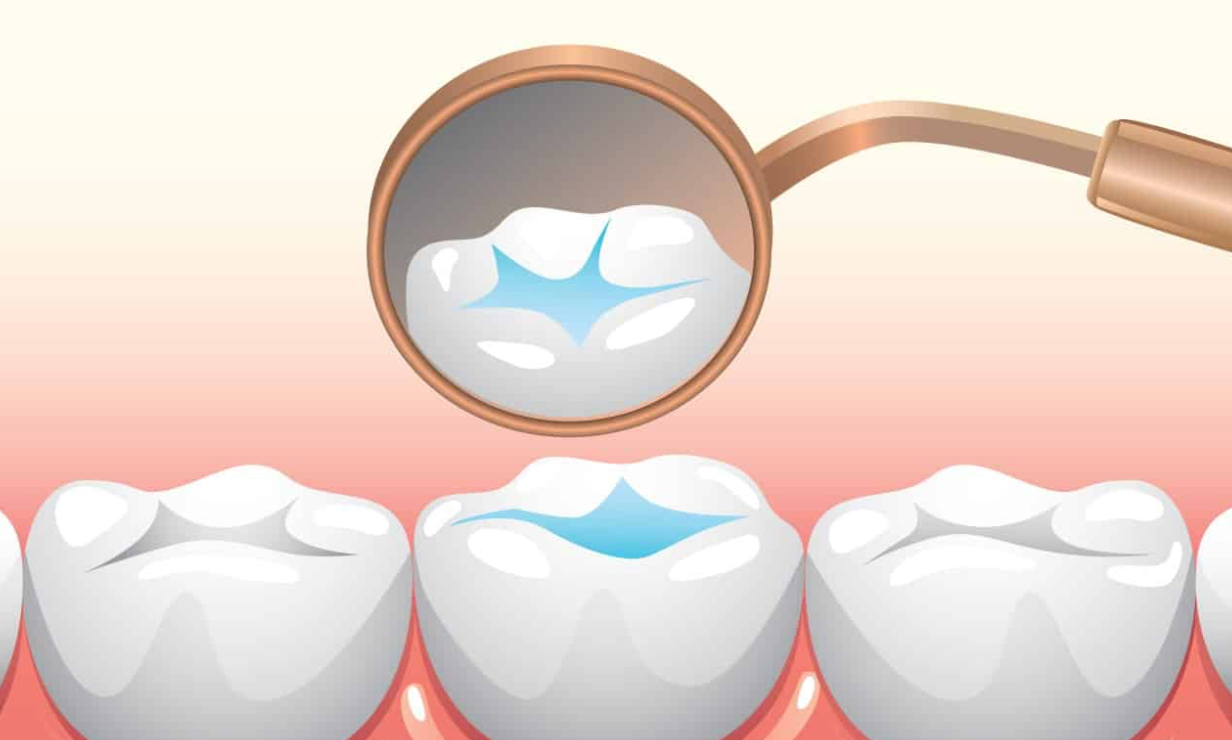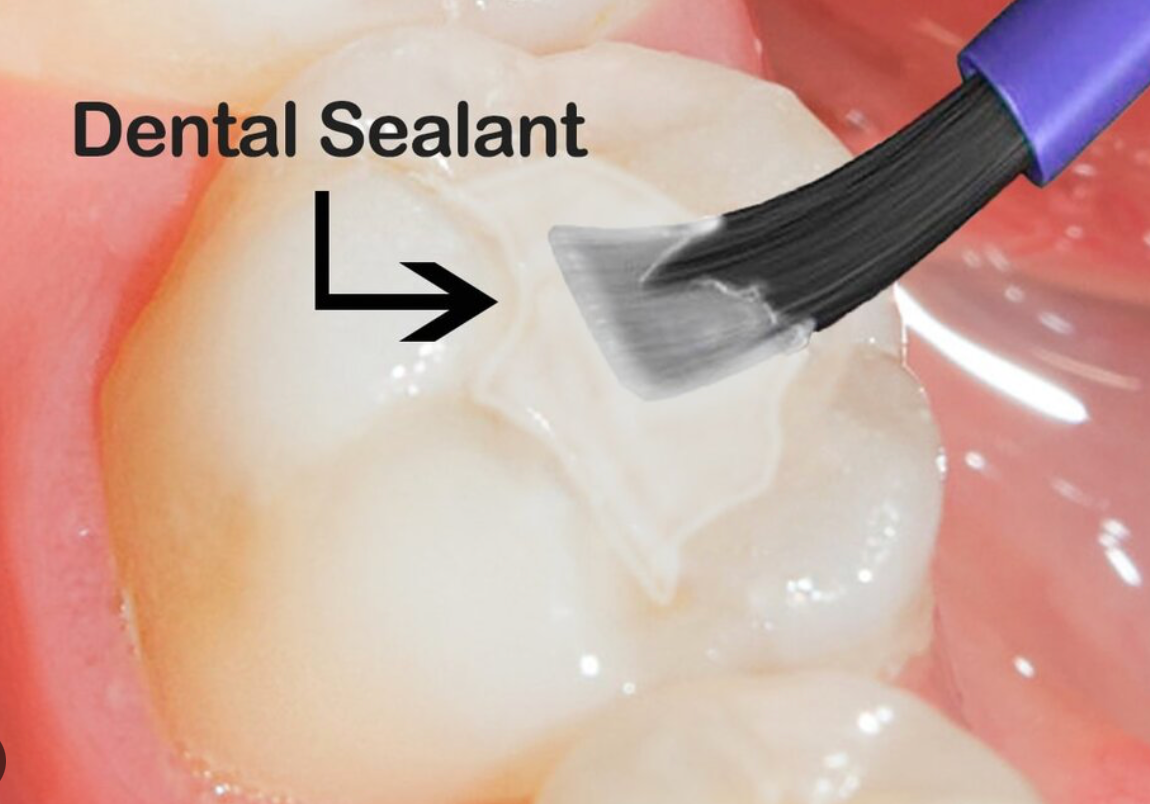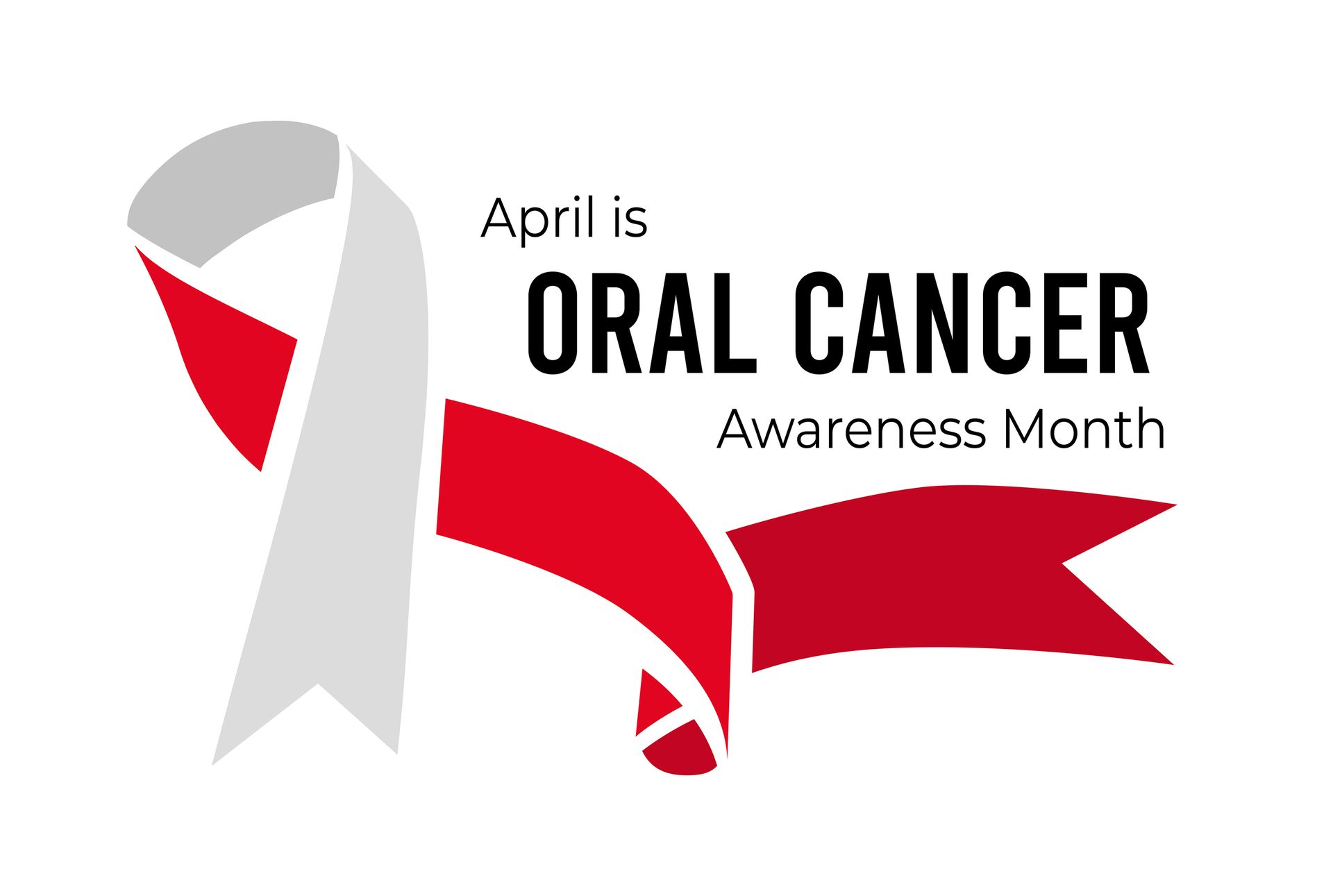Sealing the Deal on Dental Health: The Protective Power of Dental Sealants
Dental sealants are a significant breakthrough in preventive dentistry, providing an effective barrier against cavities and long-term decay. In a world where dental caries remain a prevalent childhood disease, sealants offer a simple and cost-effective solution to keep teeth healthy. This article discusses what dental sealants are, how they work, and why they are an essential part of modern dental care for both children and adults.

Understanding Dental Sealants: A Shield for Teeth
Dental sealants are thin, plastic resin coatings painted on the chewing surfaces of the back teeth, the molars, and premolars. These back teeth are notorious for their grooves and fissures, which easily trap food and bacteria, making them prime sites for decay. Sealants quickly bond into the depressions and grooves of the teeth, forming a protective shield over the enamel.
The Procedure: Quick, Painless, and Effective
The process of applying a sealant is quick and painless. It involves cleaning the tooth surface, preparing it with an acid solution to help the sealant bond, rinsing and drying the tooth, and then applying the sealant material. A curing light is often used to harden the sealant. The entire procedure takes just a few minutes per tooth and can be performed by a dentist or a dental hygienist.
Who Should Get Sealants?
While commonly recommended for children and teenagers as soon as their permanent back teeth come in, adults can also benefit from sealants, especially if they have deep grooves in their teeth and no fillings or decay. Sealants are particularly effective in the cavity-prone years of 6 to 14, but even children as young as 3 can get sealants on their baby molars if they have deep depressions and grooves.
The Impact: Dramatic Reduction in Tooth Decay
Studies have consistently shown that dental sealants can reduce the risk of decay in molars by nearly 80%. This reduction is profound, considering that according to the Centers for Disease Control and Prevention (CDC), school-age children without sealants have almost three times more first molar cavities than children with sealants.

Longevity and Care: Lasting Protection with Simple Maintenance
Sealants can protect teeth from decay for up to 10 years, but they need to be checked for chipping or wearing at regular dental check-ups. They can be replaced if necessary. As robust as they are, sealants don’t replace other forms of dental care; daily brushing with fluoride toothpaste, flossing, and regular dental check-ups are still essential.
Conclusion: A Preventive Measure Worth Embracing
Dental sealants stand out as a proactive and preventive measure that can spare individuals, especially children, from the pain and trouble associated with cavities and complex dental procedures. By opting for dental sealants, parents can take a decisive step toward safeguarding their children’s dental health, and adults can ensure the longevity of their own dental wellbeing.
With the ADA’s strong endorsement and their proven effectiveness, dental sealants are an investment in dental health that pays dividends in smiles for years to come.




